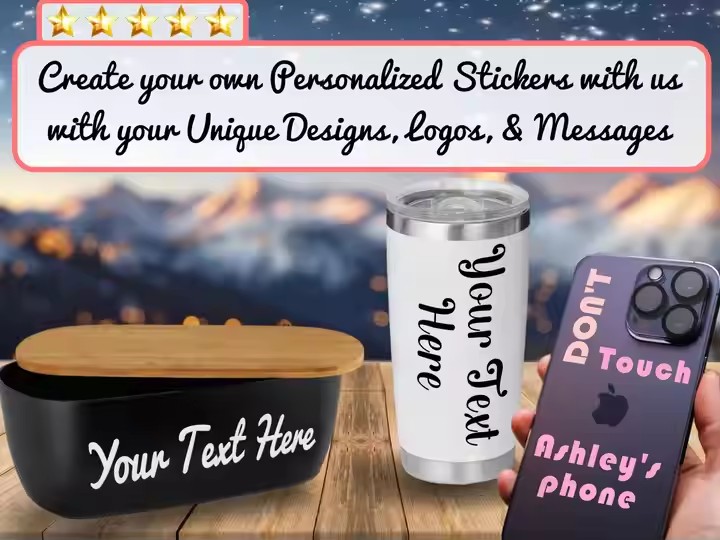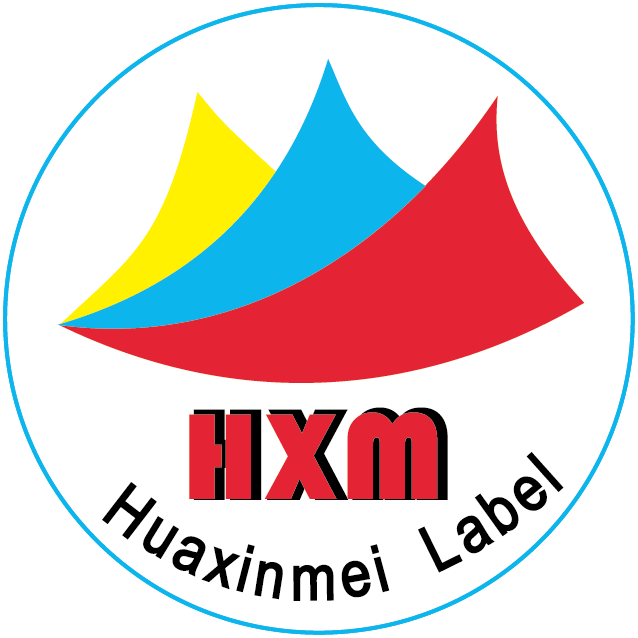Highlight Brand and Product Information
Brand Logo: Place the brand logo in a prominent position on the label, ensuring it is clear, complete, and easily recognizable. Use fonts, colors, and graphic elements that match the overall style of the brand to strengthen the brand image in consumers’ minds. For example, on Dior perfume labels, the brand logo “Dior” is usually presented in a simple and elegant font, occupying an important position on the label, making it easy for people to identify the brand at a glance.
Product Name: The product name should be concise and clear, capable of accurately conveying the characteristics or theme of the perfume. You can use creative and attractive fonts that echo the brand style, while ensuring that the font size is moderate and easy to read. For instance, “Chanel No.5”, the combination of the simple number and the brand name has become a classic perfume logo that is unforgettable.
Fragrance Note Description: Use concise words to describe the fragrance notes of the perfume, such as “floral notes”, “fruity notes”, “woody notes”, etc., and you can further list the main fragrance ingredients, allowing consumers to have a preliminary understanding of the perfume’s scent before purchasing. For example, on the label of Guerlain’s “Shalimar” perfume, it will indicate that it contains various fragrance ingredients such as rose, jasmine, and vanilla, enabling consumers to more intuitively feel the charm of the perfume.

Use Unique Colors and Graphics
Color Matching: Select an appropriate color scheme according to the positioning and fragrance notes of the perfume. Fresh fruity perfume can use bright colors, such as light pink, light yellow, etc.; elegant floral perfume can adopt soft colors like purple and pink; mysterious woody perfume is suitable for dark colors, such as dark brown, black, etc. At the same time, pay attention to the coordination of colors and avoid overly dazzling or conflicting color combinations. Take Jo Malone’s Bluebell perfume as an example. Its label uses light blue as the main color, paired with white text and patterns, giving people a fresh and elegant feeling, which complements the fresh floral notes of the perfume.
Graphic Design: Use graphic elements related to the theme of the perfume, such as flowers, plants, animals, etc., to convey the unique temperament of the perfume. These graphics can be realistic or abstract, and the key is to be able to accurately express the connotation of the perfume. For example, for Hermès’ “Terre d’Hermès” perfume, the label outlines the contours of the earth and the sky with simple lines, conveying the stable and grand characteristics of this perfume. In addition, some special graphic effects, such as gradients and light and shadow, can be used to increase the layering and three-dimensionality of the label.
Emphasize Product Features and Selling Points
Concentration Indication: Clearly mark the concentration of the perfume, such as “Parfum”, “Eau de Parfum”, “Eau de Toilette”, etc., so that consumers can understand the longevity and scent intensity of the perfume and make choices according to their own needs. The concentration indication can be placed in the corner of the label with a smaller font, but it must be clearly visible.
Unique Selling Points: If the perfume has unique selling points, such as the use of rare spices, special perfuming techniques, or cooperation with well-known perfumers, it should be appropriately highlighted on the label. You can use short text descriptions or special logos and patterns to emphasize these selling points. For example, on the label of Atelier Cologne’s “Oolang Infini” perfume, it is indicated that it uses natural tea extract as a fragrance ingredient, highlighting the natural and pure characteristics of the product and attracting consumers’ attention.

Select Appropriate Materials and Processes
Material Selection: Choose appropriate label materials according to the positioning and price range of the perfume. For high-end perfumes, high-quality paper, such as thick cardboard, special paper, etc., can be used, or materials like metal and leather can be used to make the label, increasing the luxury of the product. For mid-range and low-end perfumes, cost-effective ordinary paper can be selected, but pay attention to ensuring the quality of the paper and the printing effect. For example, the labels of Tom Ford’s “Black Orchid” perfume series use thick cardboard with a delicate texture, giving a high-end feel.
Printing Process: Use exquisite printing processes, such as gold stamping, silver stamping, embossing, UV printing, etc., to enhance the visual effect and quality of the label. Gold stamping and silver stamping processes can make the text and patterns on the label more eye-catching and gorgeous; the embossing process can increase the three-dimensionality and tactile sense of the label; UV printing can make certain elements on the label present a bright and vivid effect, attracting consumers’ attention. For example, the label of Gucci’s “Bloom” perfume uses gold stamping and UV printing processes, and the brand logo and floral patterns shine with a golden light under the light, which is very eye-catching.
Maintain Consistency and Innovation in the Overall Style
Consistency: The design of the perfume label should be consistent with the overall image of the brand and the product line, forming a unified visual style. This allows consumers to quickly identify the brand when they see the label and generate a sense of trust and recognition of the brand. For example, the perfume series of Estée Lauder maintain a certain consistency in fonts, colors, and layout on their labels, with an overall simple and elegant style, reflecting the high-end positioning of the brand.


